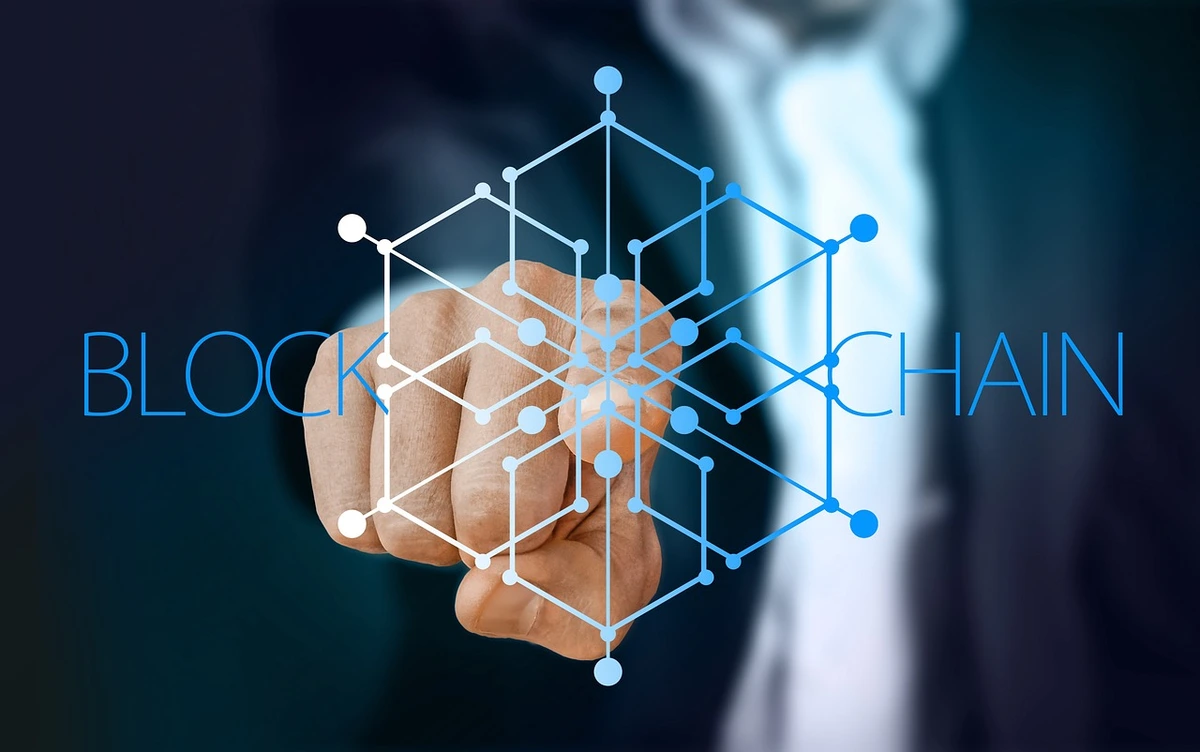In the world of blockchain technology, one term that’s gaining more and more attention is “token bridging.” Thanks to this revolutionary system, tokens can be easily transferred between blockchains. By bridging blockchains,. By bridging blockchains, communications between different cryptosystems have never been faster, easier and cheaper. This concept is not just for tech enthusiasts; it’s becoming crucial for anyone involved in DeFi and the broader cryptocurrency landscape.
In this article, LI.FI will be introducing you to the concept of token bridging, together with some of the benefits that come with integrating it into our everyday lives as crypto sympathizers.
Understanding Token Bridging
This technology allows for the transfer of tokens – digital assets or currencies – between blockchain networks. This process is vital because each blockchain operates independently, with its own unique protocols and rules.
In the past, this meant that assets on one blockchain were bound to that specific network, limiting their utility. Token bridging essentially links these disparate blockchain networks, allowing tokens to move or ‘bridge’ across them.
A perfect example to illustrate token bridging in action comes by answering the question, “What is Axelar network?” The Axelar network connects different blockchains, enabling them to interact and share data. It simplifies cross-chain communication, making it possible for users to access a wider range of DeFi services and applications regardless of their blockchain of choice.
Read: What Is The Bitcoin Blockchain? A Guide To The Technology
Token bridging’s impact on DeFi and crypto
The benefits of token bridging in the world of DeFi and cryptocurrency are unquestionable.
Firstly, it significantly increases the liquidity of digital assets. By allowing tokens to move across various blockchains, token bridging enables users to access different DeFi platforms and markets that were previously inaccessible due to blockchain compatibility issues. This increased liquidity is crucial for the growth and stability of the DeFi ecosystem.
Furthermore, Token bridging improves the user experience. Therefore, users won’t be limited by the limitations of any one blockchain. They can easily interact with multiple DeFi applications across different networks, which fosters innovation and diversity in the DeFi space.
Another significant advantage is the upgrade of blockchain interoperability. As tokens don’t represent isolated units, thanks to the bridging concept, developers can focus on creating something beneficial to the crypto ecosystem as a whole. This interconnectedness will allow them to build more complex and versatile DeFi applications that can easily communicate with one another.
Token bridging also plays a role in enhancing the security and scalability of blockchain transactions. Providing a secure way to transfer assets between networks helps lower the risks associated with single-chain dependencies. This one can also create a double-edged sword, due to the possible complications that come with transfering protocols that can become vulnerable to interferences.
Conclusion
Token bridging is much more than a technical innovation. Technology is a major factor in the development of blockchains. By unlocking new possibilities in cross-chain transactions, it creates possible solutions to some of the most pressing challenges in the DeFi and cryptocurrency systems. As this technology continues to mature, it promises to open up even more exciting opportunities in the blockchain world, and we’re happily waiting to greet them.
Feature Image By Pixabay




